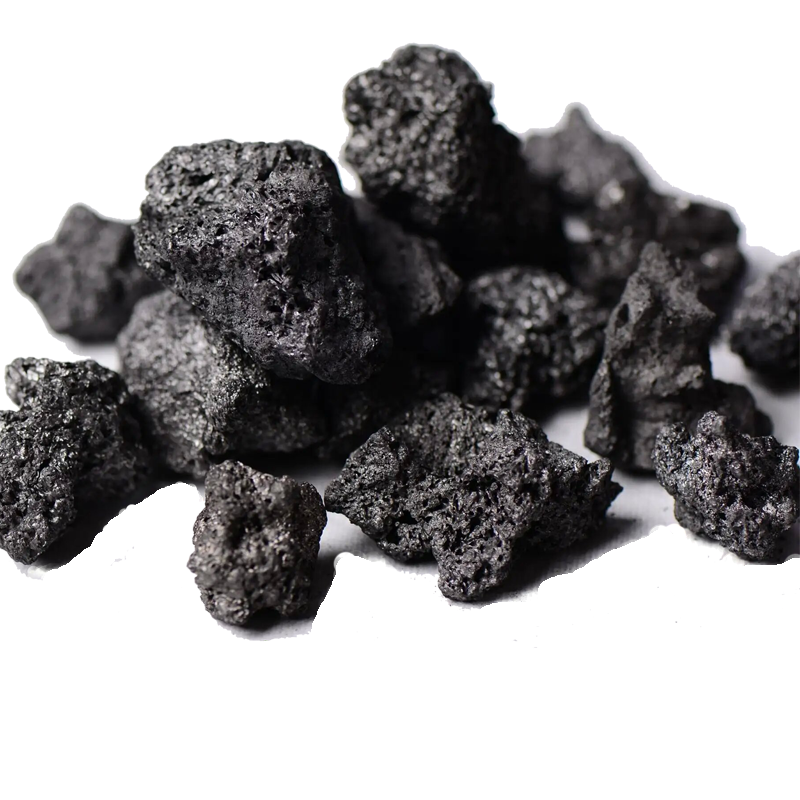Ultra High Power Graphite Electrodes: The Key to Increased Steel Production
Calcined Petroleum coke can be divided into the following categories according to coking methods:
- Coalized Coking Petroleum Coke: This petroleum coke is a by-product of converting coal into coke through the coalification process. Coal-based coking petroleum coke has high fixed carbon content and low sulfur content, and is suitable for metallurgy, electric power, chemical industry and other industries.
- Vaporized coking petroleum coke: This petroleum coke is obtained through the pyrolysis and gasification reaction of petroleum by-products such as petroleum asphalt. Vaporized coking petroleum coke has high coke quality and calorific value, and is suitable for application fields such as aluminum electrolysis and special carbon materials.
- High-temperature coking petroleum coke: This petroleum coke is obtained by coking under high-temperature conditions. High-temperature coking petroleum coke has high crystallinity and hardness and is suitable for ferroalloys, castings and other fields.
- Delayed Coking Petroleum Coke: This petroleum coke is obtained by retaining and pyrolyzing heavy fractions at high temperatures. Delayed coking petroleum coke has high crystallinity and hardness and is suitable for aluminum electrolysis, steel, casting and other industries.
China’s calcined petroleum coke production is called “green coke” mainly because the production process is relatively environmentally friendly, low-carbon and energy-saving.
- First of all, advanced purification devices and technologies are used in the green coke production process, which can effectively control and reduce the emission of atmospheric pollutants. For example, in refineries, petroleum by-products are rigorously separated, processed and purified before being coked, thereby reducing the impact on the environment.
- Secondly, the green coke production method is more low-carbon than traditional coal coking. Petroleum coke has lower CO2 emissions compared to coal coking. In addition, due to the low sulfur content during the combustion of petroleum coke, the emission of harmful gases such as sulfur dioxide is also reduced.
- Finally, the green coke production process pays more attention to energy conservation and utilization. During the coking process, waste heat, exhaust gas and other energy are recycled to reduce energy consumption and waste and improve energy utilization efficiency.
- Therefore, China’s calcined petroleum coke production is called “green coke” mainly because of its relatively environmentally friendly, low-carbon and energy-saving characteristics, which meets today’s society’s needs for sustainable development and environmental protection.
Recent Posts

undefined




 Quote Now
Quote Now